You have no items in your shopping cart.
29
Jun
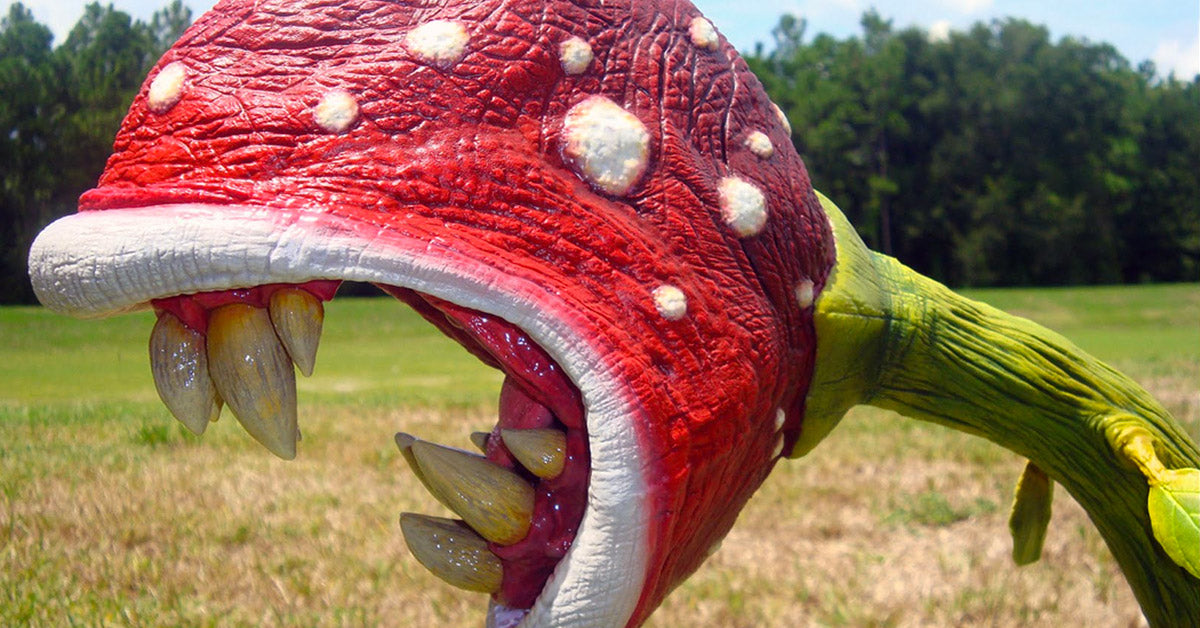
Hopefully, your careful approach to outdoor excursions will never put you in the position of being lost and without any food. However, difficult situations occasionally happen to even the most seasoned outdoorspeople -- and it’s only prudent to have a backup plan, should such a frightening scenario unfold. In the event that you’re off the grid and hungry, you can look for some common edible plants to keep you alive a little bit longer while you search for help.
However, be aware that just as there are many plants that can sate your hunger in a pinch, there are just as many that can poison you and make you seriously sick or ill. So, never eat wild plants lightly, and always do your very best to verify their identity before consuming them.
Wild Mustard
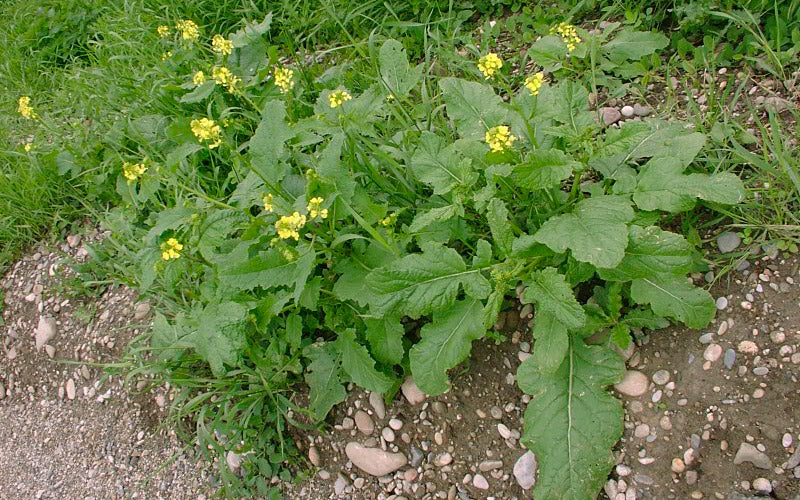
Ah yes, wild mustard: one of the most successful plants on the planet in terms of being able to grow in nearly any condition. Wild mustard’s proliferation means that you can find it almost anywhere on the planet -- and once you know how to spot it, you can safely munch on it as much as you want. There are several strains of wild mustard ranging from spicy and powerful to almost sweet and mild. Familiarize yourself with how this amazing plant looks, and you’ll have a trusty edible option on almost every continent.
Clover
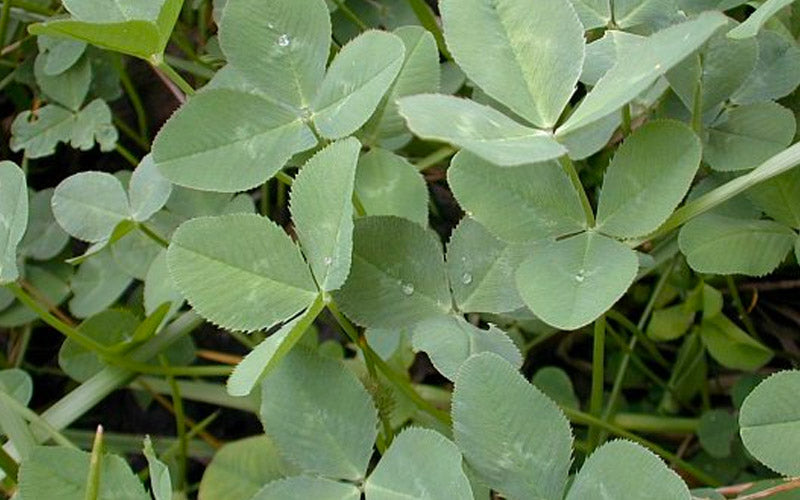
All that time spent looking for four-leaf clovers as a kid might just pay off if you’re ever lost and hungry in the wild. Yes, clover is edible, and not just those lucky green leaves, either: the entire plant, including its beautiful pink-magenta flower, is edible… and even good for you!
Dandelion
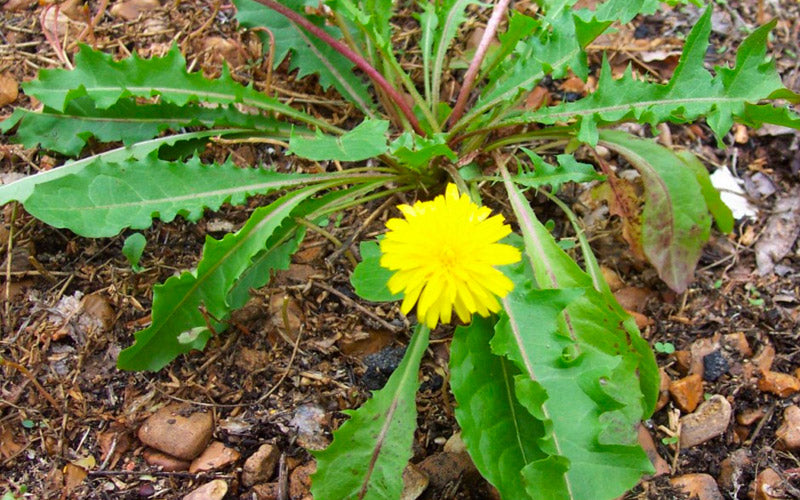
Although dandelion is a bit bitter tasting and can have an overwhelming flavor when eaten in large quantities, it is absolutely a viable, edible option for lost hikers in need of sustenance. This humble weed is sometimes used to make tea, but its nutrients can be just as easily absorbed by eating the stalk and flower as well.
Prickly Pear Cactus
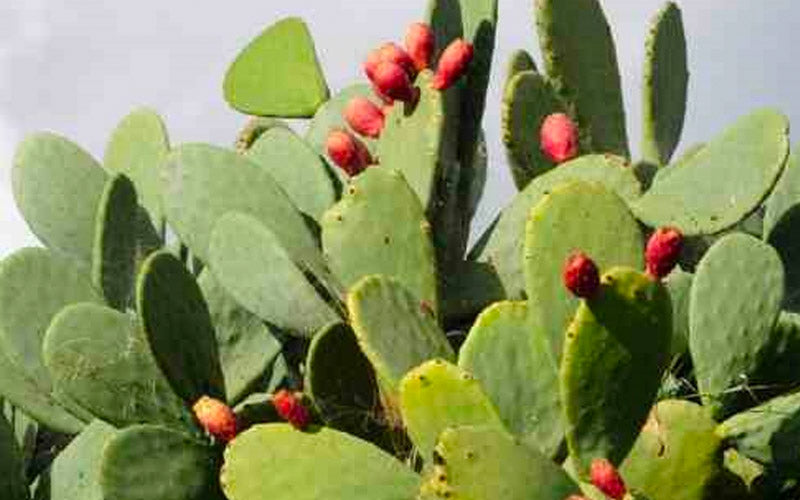
The prickly pear cactus, native to the American Southwest, is extremely edible (and even delicious) -- assuming you thoroughly clean the spines away first. Once you’ve done so, the cactus pads are nourishing and filled with moisture. The prickly pears themselves taste fabulous as well, but to be safe you should stick to eating the seeds only (which have a very watermelon-like flavor to them).
Pickleweed
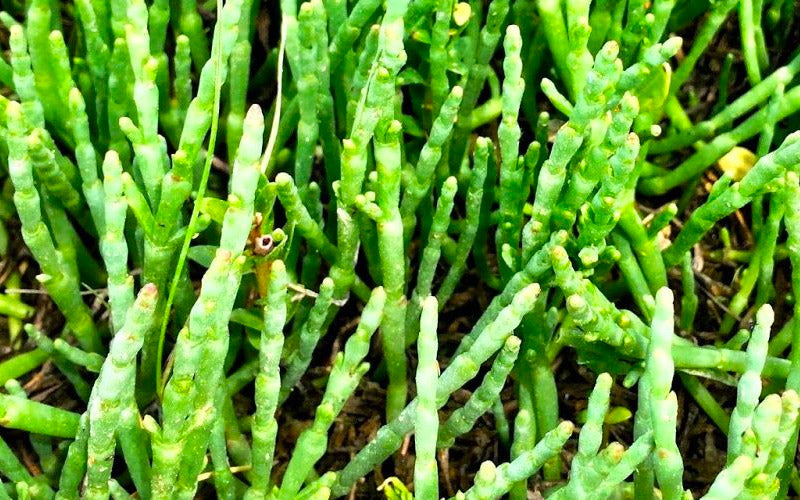
Pickleweed is a plant that grows easily near beaches and saltwater, and is one of the easier edible plants to recognize based on its appearance thanks to a leafless -- and yes, pickle-like -- look. You can eat pickleweed raw or cooked, and in fact this plant is such a great option for eating that it’s a reasonably common ingredient in some European cuisines.
Cattails

If you’re afraid of accidentally eating the wrong plant, cattails are a pretty safe choice for you thanks to their extremely specific look. However, those bushy seed heads aren’t the part you want to be eating! Instead, you’ll need to rip the plant up and look for the bulbs at its roots, which are actually quite tasty. Depending on the season, you may be able to eat the shoots as well, which have a very mild, cucumber-like flavor that can help hydrate a lost adventurer as well.






















← Older Post Newer Post →
Get These Amazing Products at a Huge Discount!
0 comments